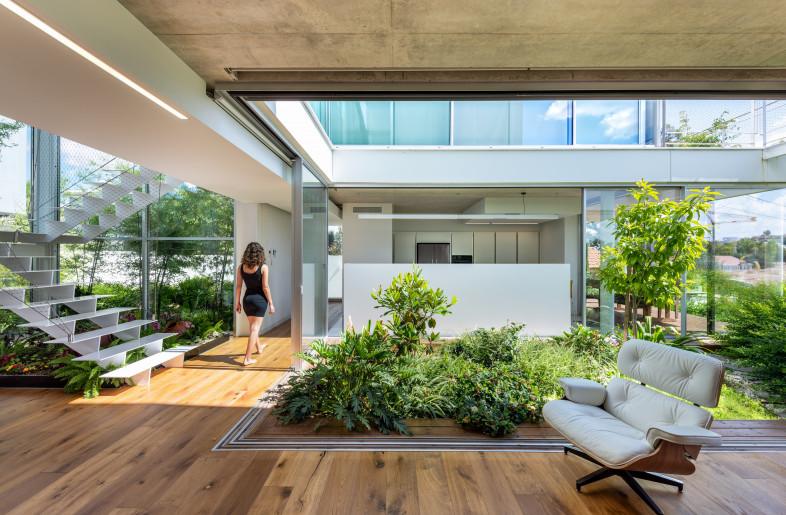The practicality of linoleum versus laminate flooring depends on several factors, including the specific needs and preferences of the homeowner, as well as the intended use of the space.
Let’s compare the two based on various practical considerations:
- Durability: Both linoleum and laminate flooring are known for their durability, but they have different characteristics. Linoleum is made from natural materials such as linseed oil, wood flour, and cork dust, which gives it a resilient and long-lasting nature. It can withstand heavy foot traffic and is resistant to scratches and dents. Laminate flooring, on the other hand, consists of a composite wood base with a photographic layer and a protective top layer. While laminate is also durable, it may be more prone to scratches and moisture damage compared to linoleum.
- Moisture Resistance: Linoleum generally performs better in moist environments compared to laminate. Linoleum is naturally resistant to moisture and can be a good choice for kitchens, bathrooms, and basements where water exposure is a concern. Laminate flooring, although it has some moisture-resistant properties, is more susceptible to water damage if exposed to excessive moisture over time.
- Maintenance: Both linoleum and laminate flooring are relatively easy to maintain. They can be swept or vacuumed regularly to remove dirt and debris, and occasional damp mopping is usually sufficient for cleaning. However, linoleum may require periodic resealing to maintain its protective layer and appearance, while laminate typically does not require any sealing or refinishing.
- Installation: Laminate flooring is typically easier to install than linoleum, especially for DIY enthusiasts. Laminate planks often come with interlocking mechanisms that allow for simple floating installation without the need for adhesive. Linoleum, on the other hand, may require adhesive application and precise cutting for proper installation, which can be more challenging for inexperienced installers.
- Appearance and Style: Both linoleum and laminate flooring come in a wide range of colors, patterns, and styles to suit various design preferences. Linoleum offers more natural and earthy tones, as well as the option for custom designs and patterns. Laminate flooring often mimics the look of hardwood or stone, providing a variety of aesthetic options for different décor schemes.
In conclusion, the choice between linoleum and laminate flooring depends on individual priorities such as durability, moisture resistance, maintenance ease, installation convenience, and preferred aesthetic.
For areas with high moisture levels or heavy foot traffic, linoleum may be the more practical choice. However, for easy installation and a wide range of design options, laminate flooring could be the preferred option. Ultimately, homeowners should carefully consider their specific needs and preferences before making a decision.



